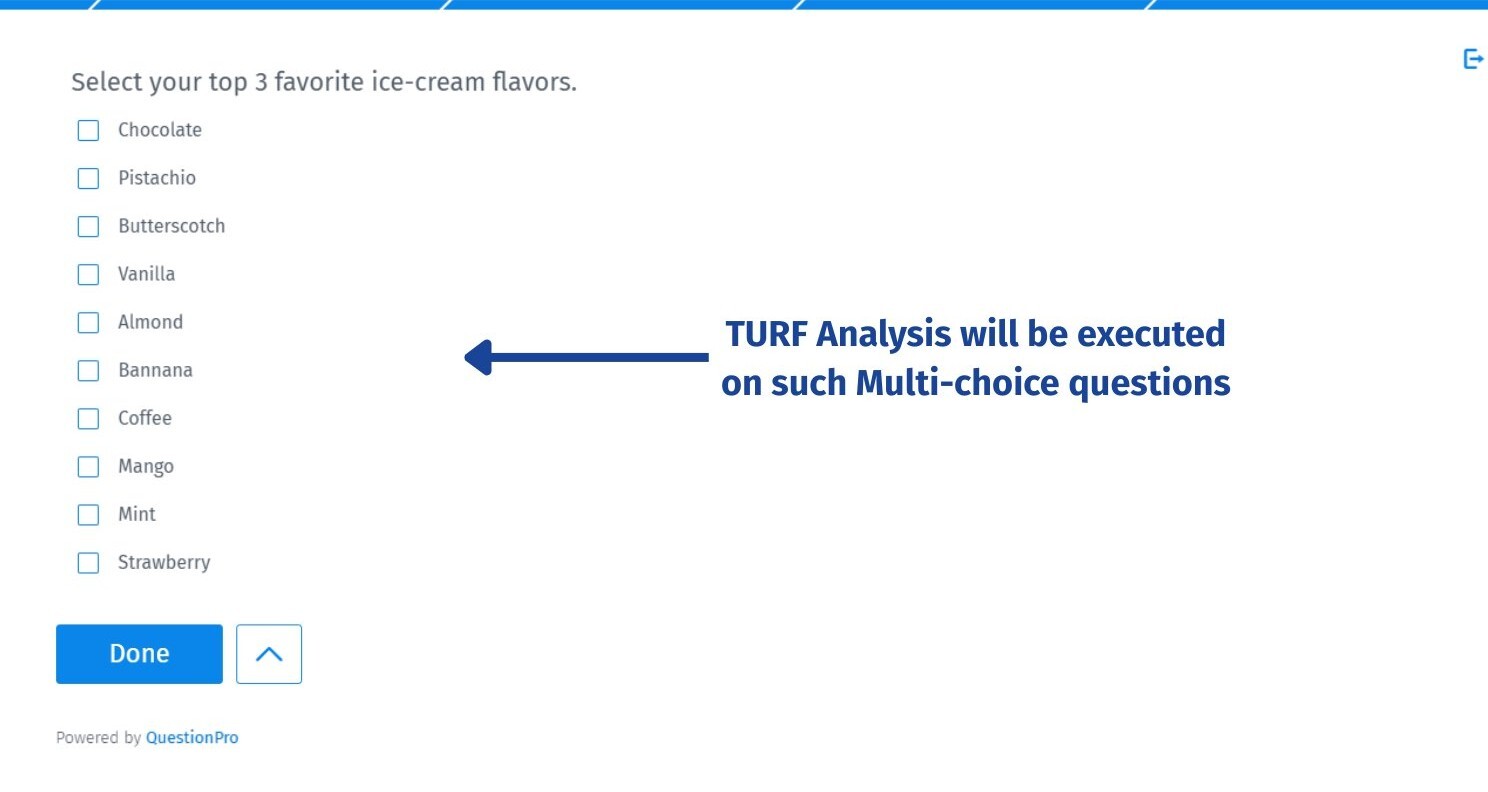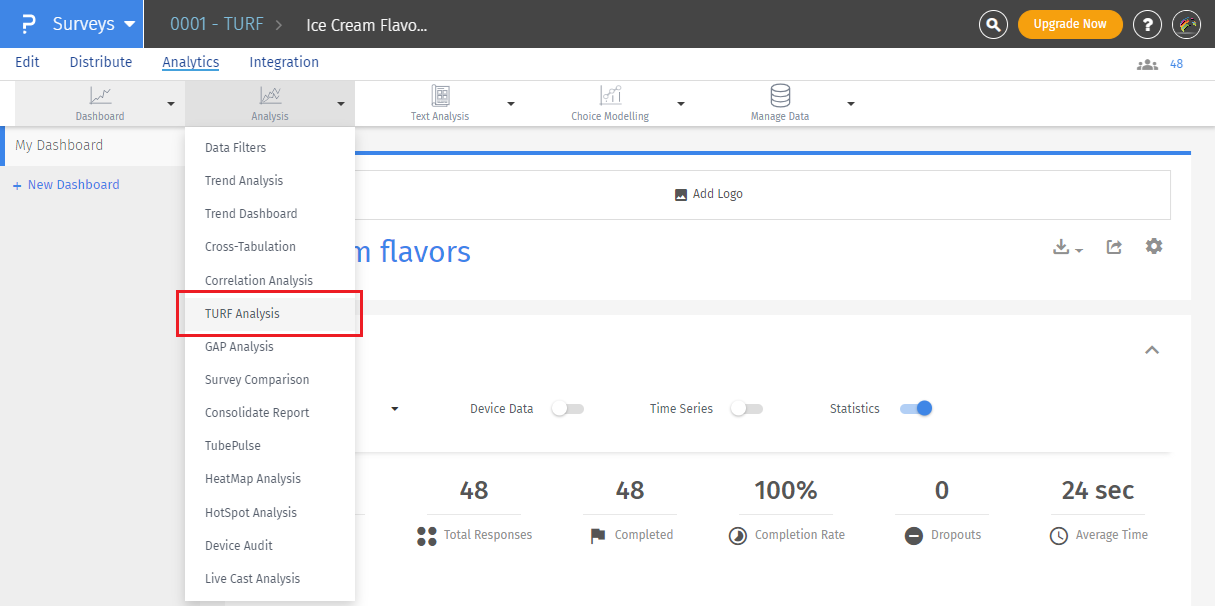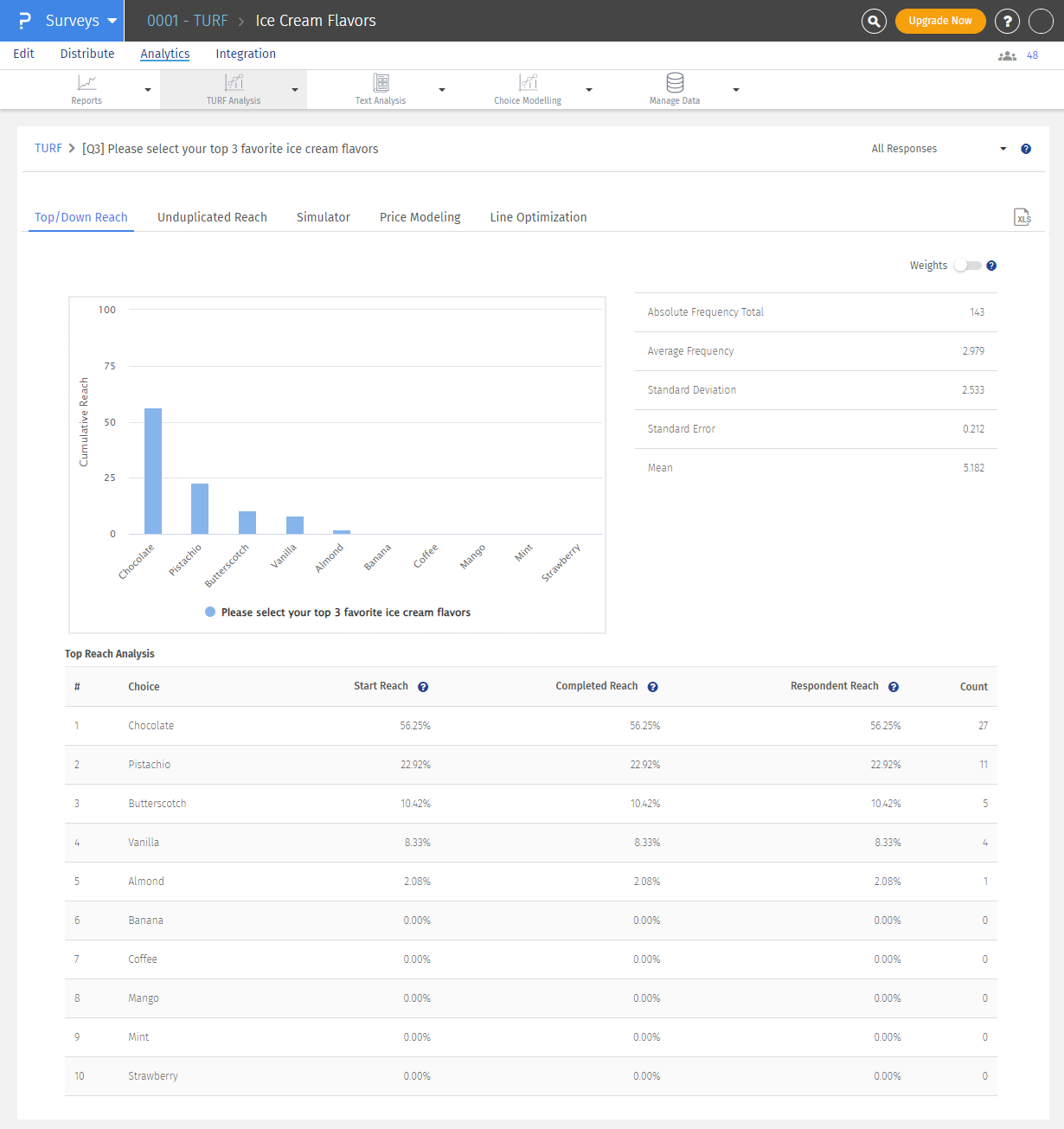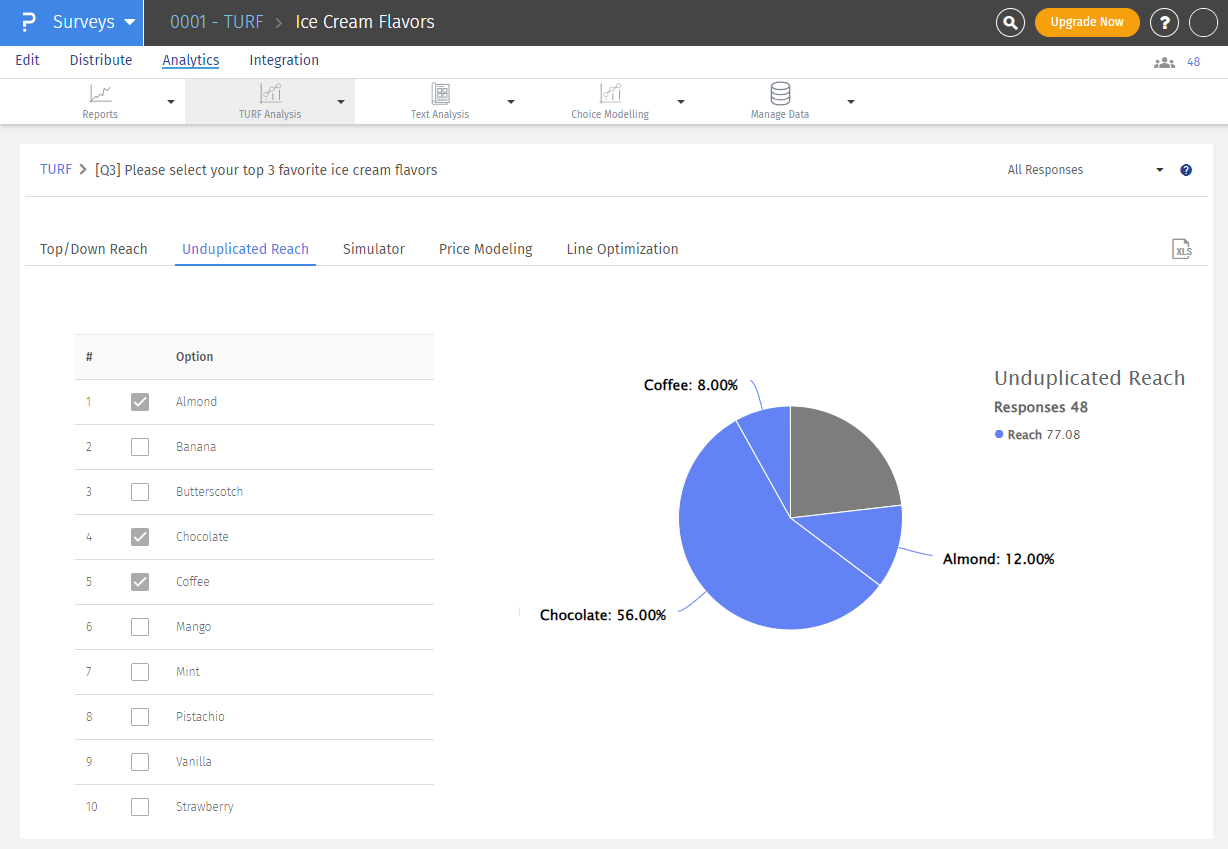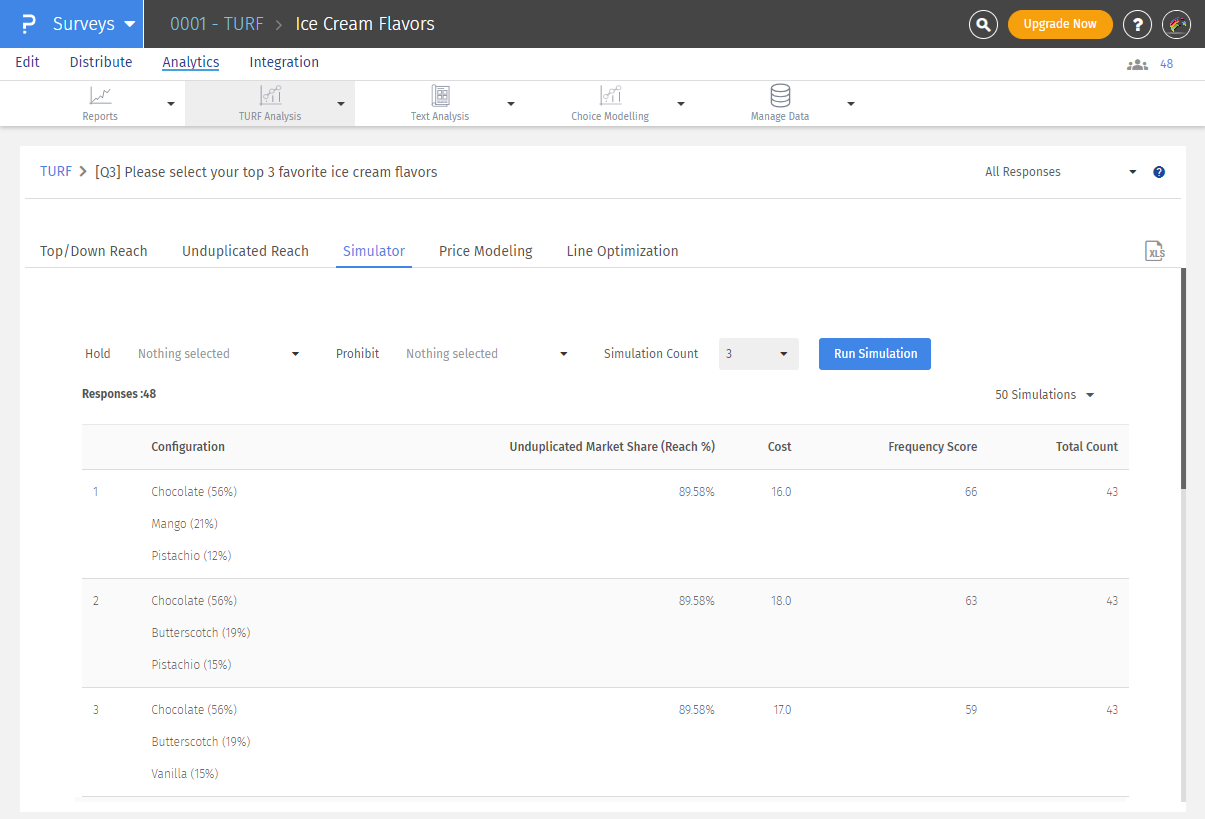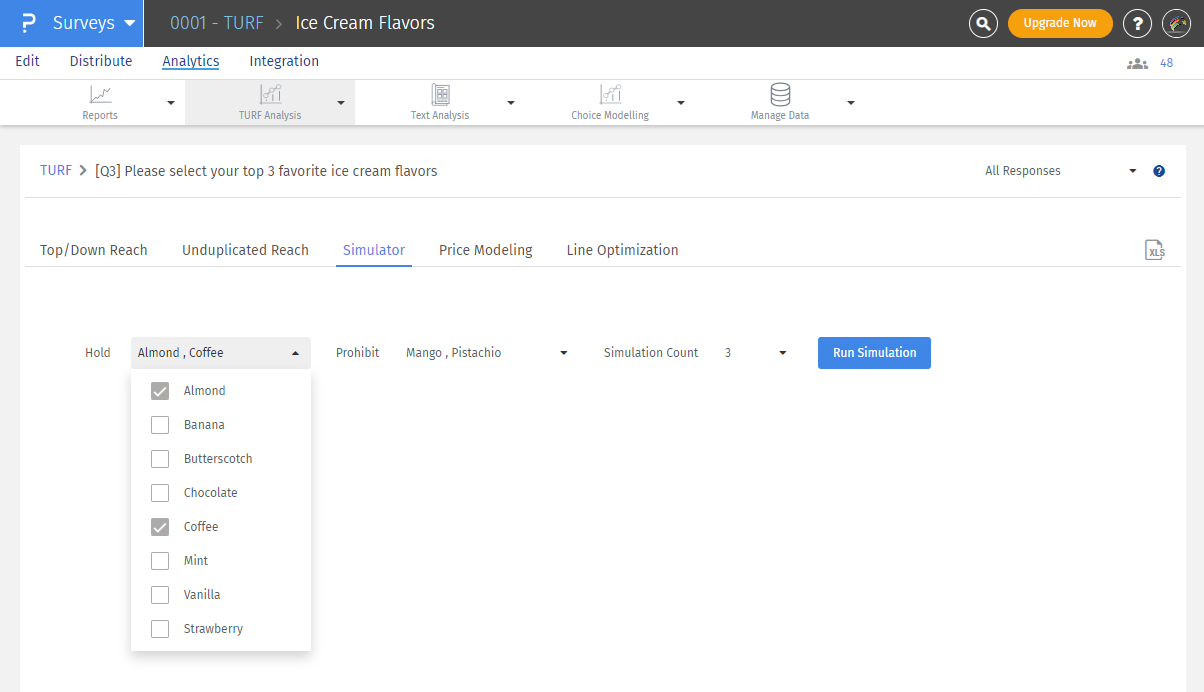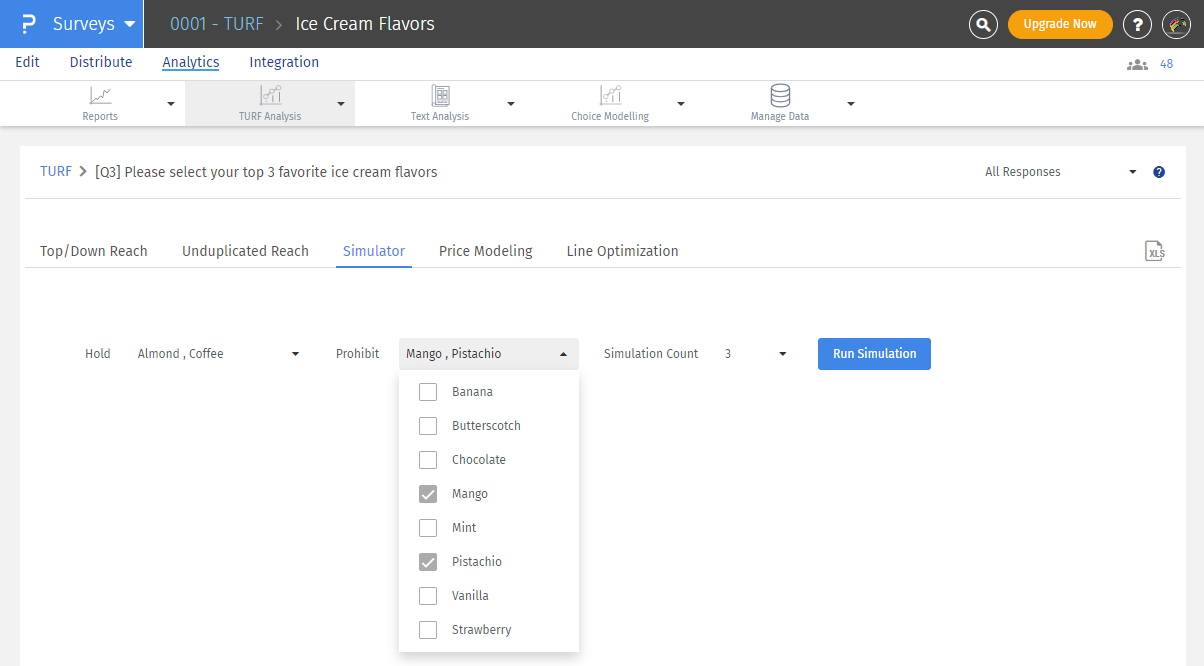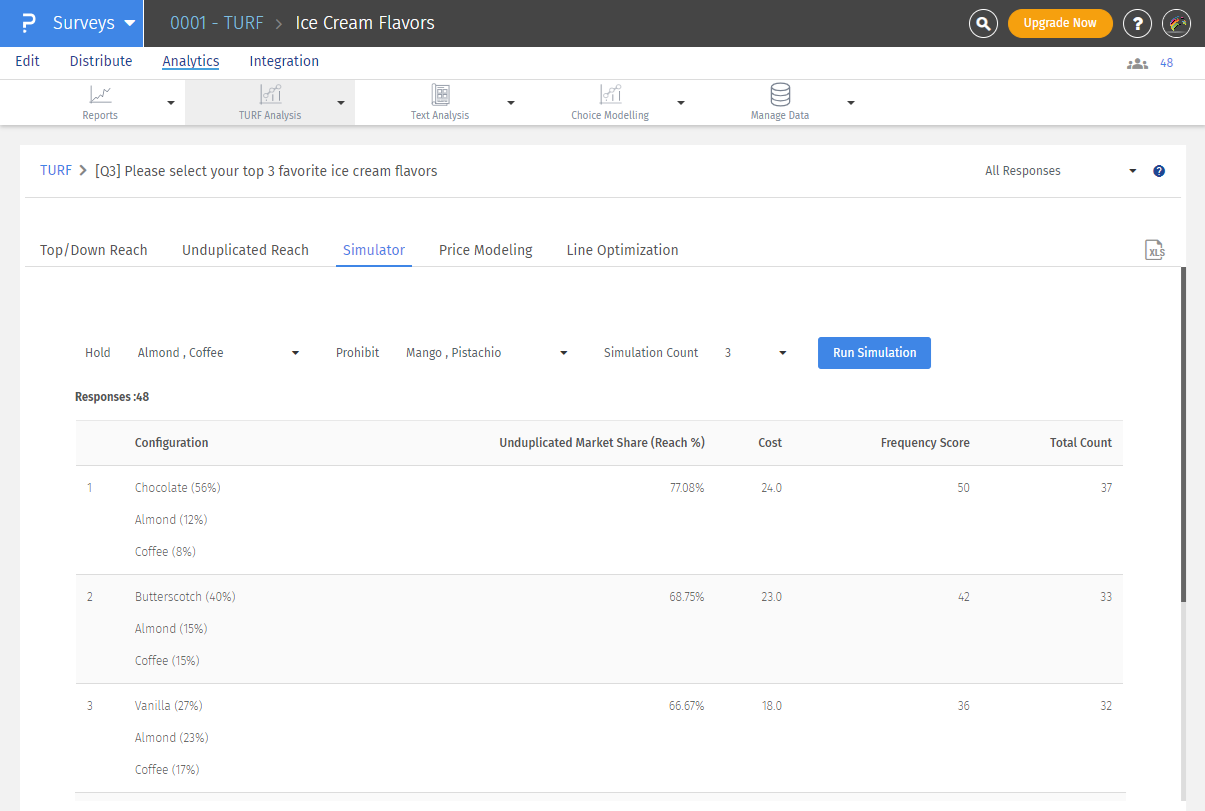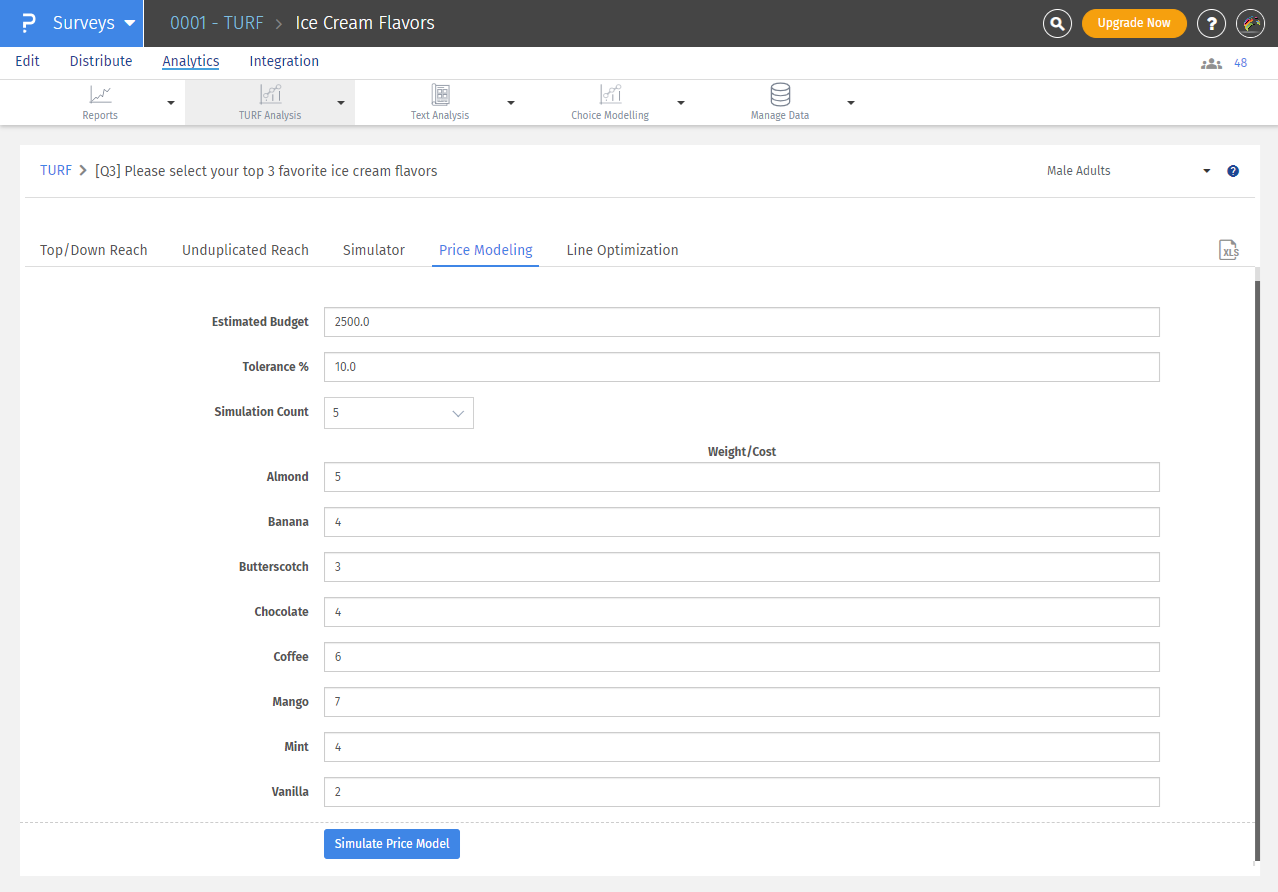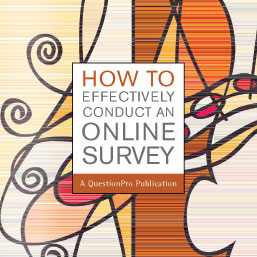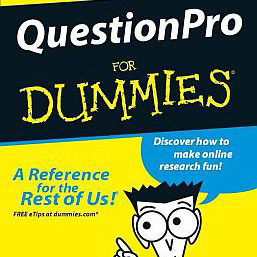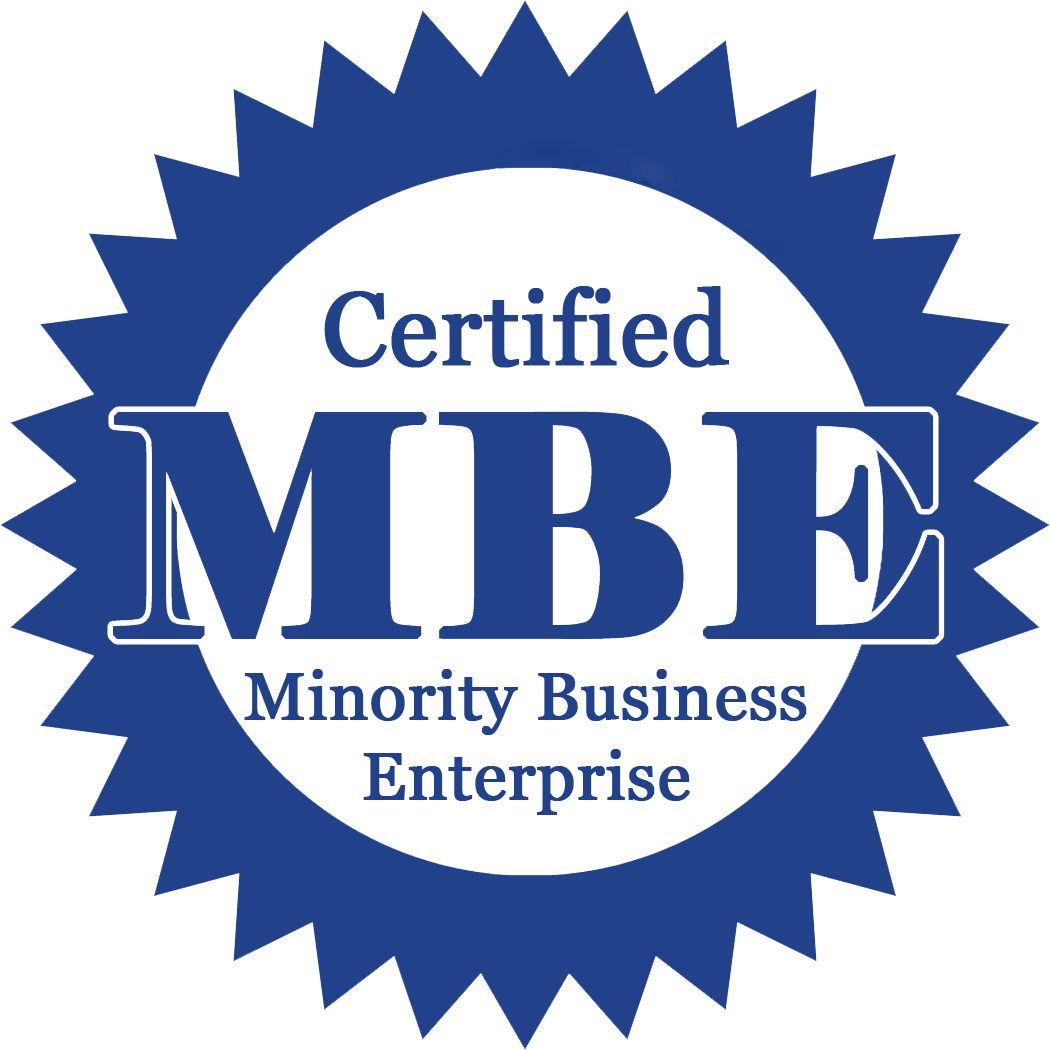What is TURF Analysis?
TURF Analysis, or Total Unduplicated Reach and Frequency Analysis, is a statistical research methodology that enables the assessment of the potential of market research for a combination of products and services. It analyzes the number of customers reached by a particular communication source and how often that happens.
With products and services being launched by organizations regularly and new markets being explored day in and day out, it becomes trivial to leave no stone unturned to make sure the products are well-received in new markets.
For instance, if a chocolate manufacturing company wishes to launch a new chocolate flavour, it’s important to know whether it will work with their target market. TURF analysis is a powerful statistical analysis tool that can be used to get answers to these questions:
- What will be the market share that can be obtained if we launch flavour X of chocolate?
- Where should we promote this flavour to maximize our reach in the chocolate industry?
Initially used for analysis of media campaigns, TURF analysis has developed into being applied in various segments like product, line and distribution analysis.
QuestionPro offers TURF analysis for multiple choice/ multiple answer questions. The TURF simulator produces optimized options for maximized reach, reach denotes the piece of the audience that selects a particular option.
Why is TURF Analysis Important?
In competitive markets where new products and services are launched regularly, businesses need to ensure their offerings resonate with diverse audience segments. TURF analysis allows organizations to:
- Identify the best product combinations for maximum market penetration
- Optimize media and marketing channels for greater reach
- Understand customer preferences beyond basic percentage choice analysis
How Does TURF Analysis Work?
The TURF algorithm evaluates all possible combinations of product features, services, or marketing channels selected in a survey. It calculates the unduplicated reach, meaning the total percentage of your audience that would choose at least one of the selected options, without counting the same person multiple times.
- Reach: Portion of the audience choosing at least one of the selected items
- Frequency: How often does the audience engage with selected options
- Unduplicated Reach: Unique individuals reached without double-counting overlaps
How to Run TURF Analysis in QuestionPro?
Let's consider an example of an ice cream shop launching flavors of ice cream. With QuestionPro, we can collect feedback by asking people about the ice cream flavors they like. Once data is collected, we can find answers to questions like:
- What will be the market share if certain ice cream flavours are launched
- Where should we promote these flavors to maximize reach
Step 1: Collect Data
Create a multiple-choice checkbox question asking customers which ice cream flavors they prefer.
The multiple choice question is, “Select your top 3 favorite ice-cream flavors.”

Step 2: Access TURF Analysis
- Go to My Surveys → Select Survey → Analytics
- Click on TURF Analysis from the Analysis dropdown menu.

Step 3: Select the Question
Only supported multiple-choice or matrix questions will appear for selection.

Top/Down Reach
Top/Down reach shows you how many potential clients you would reach if you focused on any one particular item.
In this example, with the chocolate flavor, you would reach 56.25% of the total population. Note that this is based on the number of people surveyed. You will need to make sure your sample size is large enough to make inferences about the total population you are studying.

Unduplicated Reach
Unduplicated reach lets you mix and match options to see what kind of reach you would have if you focused on those particular combinations. Check the boxes next to the options you want to include in the calculation.

Simulator
The simulator lets you choose how many items you want to focus on, then simulates the reach, cost, and count (based on the number of responses to your survey) for every combination of choices.
In this example, respondents had 10 choices. We ran an analysis on every combination of up to three choices to see what the best possible mix of items would be to focus on for maximum reach.
Select the simulation count and click Run Simulation.

When running the simulator, you can hold or prohibit certain options and run the simulation.
- Hold: Options selected under hold will be set as constant, and TURF will be implemented across available options.

- Prohibit: Exclude specific options from the simulation.

Here, you will see only options in your TURF Analysis that are not prohibited.

We have the following limits for running simulations online. If the number of options exceeds the simulation count, only the maximum options allowed will be picked based on their unduplicated reach, and other options with lower reach will be prohibited automatically.
| Simulation count |
Maximum number of options |
| 2 Simulations |
49 Options |
| 3 Simulations |
20 Options |
| 4 Simulations |
14 Options |
| 5 Simulations or over |
12 Options |
To reduce the number of options to get within the limit for running the simulation online, you can add the options under Prohibit.
Price Modeling
Price Modeling lets you incorporate cost or budget constraints into the TURF simulation. You can:
- Assign prices or weights to each option.
- Enter your overall budget and tolerance range.
- Simulate to find the best product combinations that fit your budget.
For example, if your budget is $2,500 with a 10% tolerance, the simulator will find the most cost-effective combination starting from $2,250 to $2,750.

Note: If you go back to the simulator, you will find that the option sets here are now calculated with pricing.
Why Use TURF Analysis?
TURF is ideal for situations where you need to:
- Optimize product lines or service offerings.
- Maximize marketing and distribution efficiency.
- Run "what-if" simulations to support strategic decision-making.
It helps avoid the trap of focusing only on top-performing individual options by uncovering combinations that deliver broader market coverage.
Final Thoughts
TURF analysis enables businesses to make data-driven decisions about product launches, marketing channels, and resource allocation. Whether you’re optimizing an ad campaign or selecting a product mix, TURF helps you reach more customers without wasting resources.
With QuestionPro’s TURF analysis and simulator tools, you can easily explore all possibilities, balance cost vs. reach, and fine-tune your go-to-market strategy.
Survey Software Easy to use and accessible for everyone. Design, send and analyze online surveys.
Research Suite A suite of enterprise-grade research tools for market research professionals.
Customer Experience Experiences change the world. Deliver the best with our CX management software.
Employee Experience Create the best employee experience and act on real-time data from end to end.
